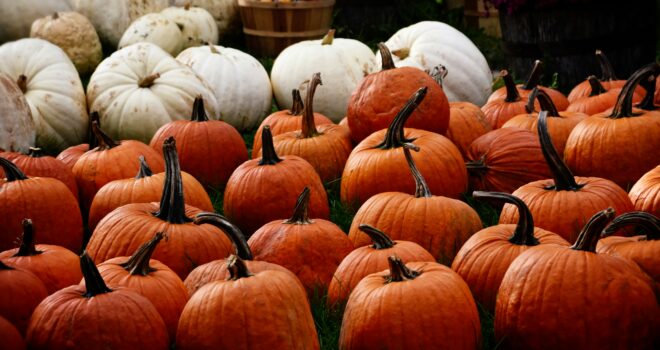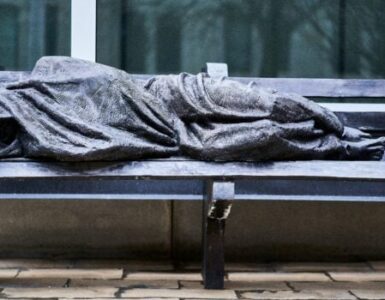When Halloween comes around each year, Catholics may have questions about its origins and how to celebrate in a manner that befits the faith. As much as today’s version of Halloween has become commercialized with costumes, candy, and spooky decorations, its beginnings are nonetheless steeped in Catholic tradition.
The very name “Halloween” gives away its relationship to Catholicism, originating from “All Hallow’s Eve,” meaning the vigil of All Saints’ Day, the solemnity which falls on November 1st. The day is reserved to honor all the saints in heaven, both the known and the unknown, those who have lived holy lives and yet do not have a feast day on the liturgical calendar. The word “hallow” means “holy,” and Halloween, therefore, originally signified the eve of this sacred feast.
Traditionally, All Saints’ Day was on May 13th, when Pope Boniface IV consecrated the Pantheon in Rome to the Virgin Mary and all the martyrs. In the 9th century, however, Pope Gregory III moved the feast to November 1st, coinciding with the dedication of a new chapel in Saint Peter’s Basilica that was meant to honor all the saints. The displacement enabled the Church to highlight the Communion of Saints, and the faithful were encouraged to seek the intercession not only of canonized saints, but also of obscure saints. Later, Pope Gregory IV expanded the celebration to the whole church.
All Saints Day is followed by All Souls Day on November 2nd, a day of prayer for the souls of the faithful departed, particularly those still undergoing purification in purgatory. Taken together, the three successive feasts of October 31st, November 1st, and November 2nd constitute a triduum under the name “Allhallowtide” or “Hallowmas,” and are also known as the “Days of the Dead” or “Dia de Los Muertes.” This triad of days focuses attention on the Catholic vision of the Church as the Mystical Body of Christ, comprising the Church Triumphant (the saints in heaven), the Church Suffering (the souls in purgatory), and the Church Militant (the faithful on earth).
Halloween holds great importance in the Catholic tradition, preparing one for the vigil of this sacred period. The history behind it shows that it was a time of preparation for the feast of All Saints through contemplation of the saints and prayer for souls in purgatory. Wearing costumes and participating in festivities were a few of the customs that developed, originating from paying respects to the dead, warding off evil spirits, and remembering the spiritual combat of good against evil.
We Catholics can reclaim the real meaning of Halloween by stressing its spiritual significance. Families should go to Mass together on All Saints’ Day, which is a holy day of obligation, pray for the dead on All Souls’ Day, or even host a “saint-themed” party where children dress up as their favorite saints. Not only would that preserve the tradition, but it would also add a deep understanding of our faith.
While Halloween takes on a host of meanings in contemporary culture, its origins are deeply seated in Catholic tradition. By reconnecting to these historical and religious roots, Catholics can celebrate in a manner that honors the saints, prays for the dead, and reminds us of our eternal destiny with God. Embracing the spiritual meaning of Halloween enables us to turn the attention away from the secular and toward the sacred and reminds us of the deeper truths our faith calls us to reflect on during this season.












